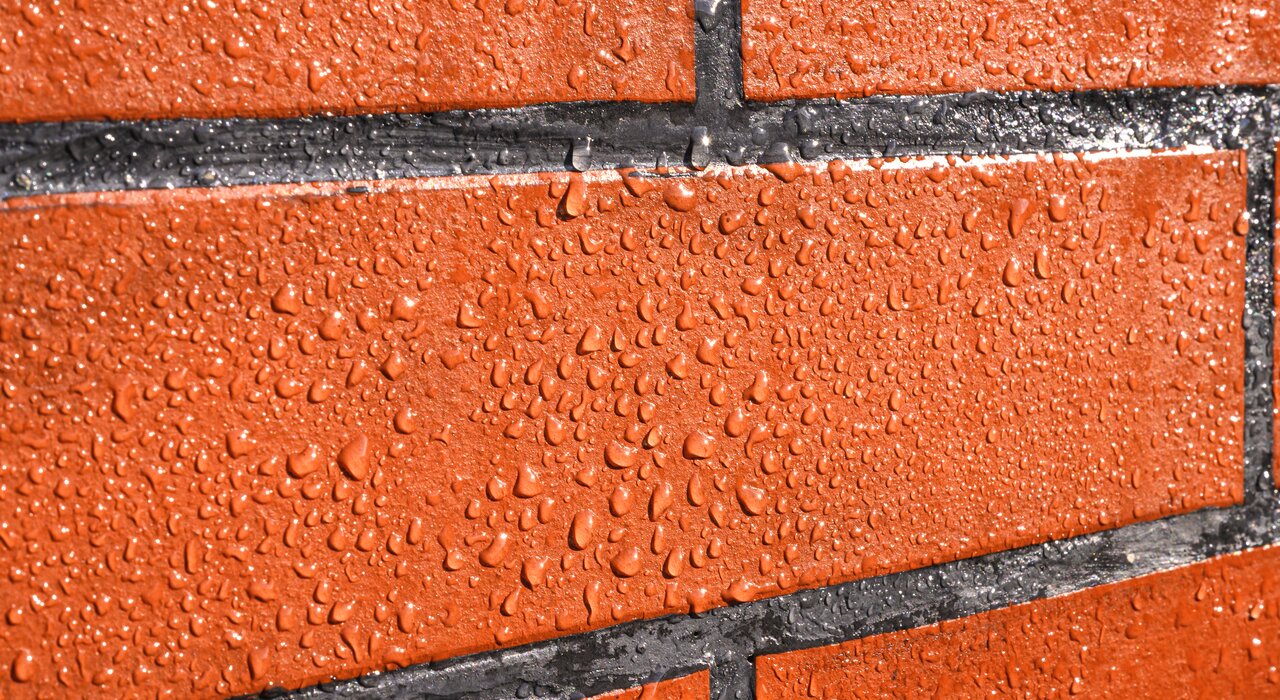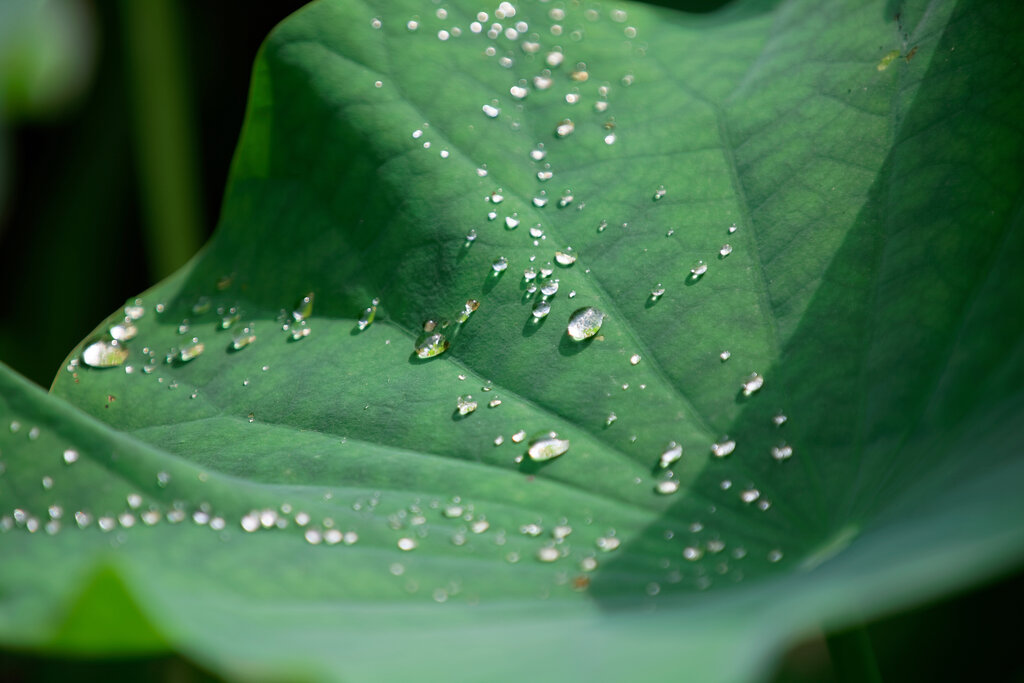
- Why is it important to weatherproof your façade?
- Water ingress
- Freeze-thaw cycle
- Long-term structural damage
- Silicone render for weatherproofing
- Water repellence
- Breathability
- Durability and longevity
- Low maintenance
- Resistant to algae and mould
- What about the Nano Drex range to weatherproof your façade?
- Treating the DPC
- Why Mosaic Render?
When protecting your home from the elements, a weatherproof façade is essential. Whether dealing with heavy rain, harsh winds, or fluctuating temperatures, your external walls bear the brunt of nature’s forces. Fortunately, EWI Store offers a comprehensive range of products to help safeguard your home, ensuring it stays aesthetically pleasing and structurally sound. In this blog, we’ll cover how to weatherproof your façade using our products, including Nano Drex Silicone Render, Render Guard, and Brick Guard, and how to protect your DPC (Damp Proof Course) with Mosaic Render.
Why is it important to weatherproof your façade?
The UK's unpredictable weather can lead to serious issues for your home’s façade, including water ingress, freeze-thaw damage, and the general deterioration of external walls if unprotected. Moisture is your façade’s worst enemy, and the effects of water damage can be long-lasting if not addressed early on. Let’s break down these issues in more detail.
Water ingress
Water ingress refers to water penetrating the surface of your external walls. This often happens when a façade is left unprotected or if the render has become cracked or damaged. Over time, water can seep into tiny openings in the material, where it can become trapped. Once inside, the moisture can cause a multitude of problems, such as:
- Dampness: Excess moisture in your walls can result in internal damp patches, peeling paint, and mould growth, which not only looks unsightly but can also affect indoor air quality and even lead to health issues.
- Structural Weakness: If left unchecked, persistent water ingress can weaken the underlying structure of the wall, leading to cracks, spalling (where pieces of the wall break off), and eventual degradation.
Freeze-thaw cycle
Another common issue, particularly in climates like the UK's, is the freeze-thaw cycle. This occurs when water penetrates small cracks in the render or brickwork. As temperatures drop below freezing, the water trapped inside expands and turns to ice. This expansion can force the cracks to widen, resulting in further water ingress and greater damage over time. Once the ice thaws, the water recedes deeper into the wall. Repeated freezing and thawing cycles cause significant wear and tear on the structure. The result is unsightly surface cracks and potential long-term damage to the façade and internal damp issues. Protecting your façade against water ingress helps mitigate the damaging effects of the freeze-thaw cycle.
Long-term structural damage
Without proper weatherproofing, external walls face gradual but inevitable deterioration. This could mean not only costly repairs but also potentially jeopardising the structural integrity of your property. Over time, exposed façades will lose their resistance to moisture and the elements, leading to problems such as:
- Cracking and Spalling: Continuous exposure to moisture and fluctuating temperatures leads to cracking of the render, which allows more water to enter the wall. This can result in spalling, where pieces of the render or brickwork flake off, further weakening the wall.
- Rising Damp: If water seeps in near the base of the walls, it can contribute to rising damp, which travels upwards through capillary action. This can affect both the exterior and interior of the property.
Silicone render for weatherproofing
Silicone render is known for its unique combination of water-repellent and breathable qualities, making it a superior choice for weatherproofing façades.
Water repellence
Silicone render has excellent hydrophobic (water-repelling) properties. This means that when rain or moisture hits the façade, it beads on the surface and runs off instead of being absorbed into the wall. This is a critical feature for preventing water ingress, one of the leading causes of damage to external walls. By preventing water from penetrating the surface, silicone render helps to avoid common problems such as damp and the freeze-thaw cycle.
Breathability
One of the key features of silicone render is its breathability. While it effectively keeps water out, it also allows moisture from within the wall to escape.This is essential for maintaining the health of your property’s structure, as trapped moisture inside walls can lead to internal dampness and decay. Breathability helps ensure that your home stays dry from the inside out, preventing moisture build-up that can cause long-term structural issues.
Durability and longevity
Silicone render is highly resistant to cracks and fading, protecting your home from the elements and looking great for years. Its flexibility allows it to move with the building as it expands and contracts due to temperature changes, reducing the likelihood of cracks developing. In addition, silicone render is UV-resistant, meaning it retains its colour and finish even after prolonged exposure to sunlight.
Low maintenance
Silicone render is incredibly low maintenance, thanks to its self-cleaning properties. Dirt and debris have a harder time sticking to the hydrophobic surface, so rainwater can easily wash away accumulated grime. This keeps your façade looking fresh and clean with minimal effort, reducing the need for regular cleaning or touch-ups.
Resistant to algae and mould
Given the UK's often damp and wet climate, algae, moss, and mould growth are common problems for many external walls. However, silicone render has anti-fungal and anti-algae properties, actively preventing the growth of unsightly green or black patches that can affect your property's appearance and health.
What about the Nano Drex range to weatherproof your façade?
One of the premier products in our range for weatherproofing purposes is the Nano Drex range, which includes Nano Drex Silicone Render, Brick Guard, and Render Guard. Nano Drex Silicone Render offers unmatched hydrophobic capabilities due to the nano-silicone technology. Alongside the inherent protection against biological growth, the hydrophobic qualities exist due to the lotus effect. Rather than allowing water to seep in, the protective layer allows the water to pool into droplets and then run off. As the water droplets run off, they pick up any accumulated dirt and clean the surface. Brick Guard and Render Guard have the same nano-silicone properties, with subtle design changes for the substrate.
 Brick Guard and Render Guard, alongside weatherproofing, also protect the bricks and existing render surface from discolouration due to the elements. The nano-silicone technology generally has excellent UV protection, which prevents colours from fading. As a result, your facade looks as fresh as it did on day 1.
Brick Guard and Render Guard, alongside weatherproofing, also protect the bricks and existing render surface from discolouration due to the elements. The nano-silicone technology generally has excellent UV protection, which prevents colours from fading. As a result, your facade looks as fresh as it did on day 1.
Treating the DPC
Your Damp Proof Course (DPC) is one of the most vulnerable parts of the structure, as it is in constant contact with moisture from the ground. Over time, this can lead to rising damp, severely damaging your walls. Mosaic Render is an ideal solution for protecting and enhancing the DPC area.
Why Mosaic Render?
- High Durability: Mosaic Render is designed to withstand impact and moisture, making it perfect for the DPC, which is often exposed to wear and tear.
- Aesthetic Appeal: The render contains a range of vibrant coloured chips, providing a decorative yet highly durable finish.
- Weather Resistance: Its unique formulation ensures it can handle constant exposure to ground moisture without breaking down over time.
